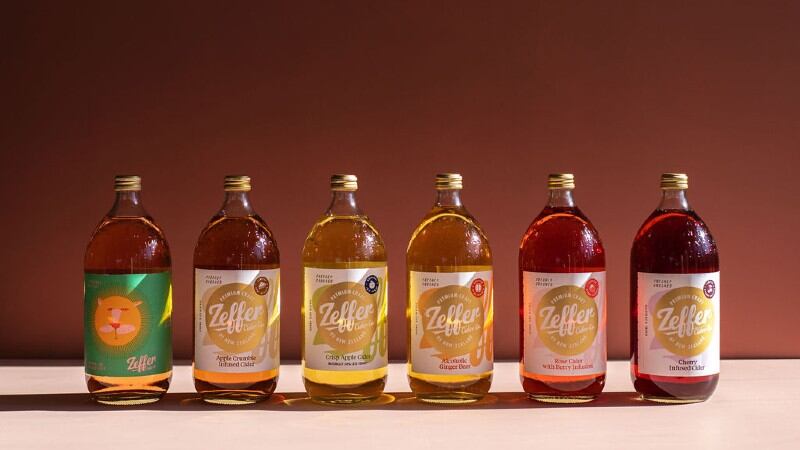India’s alcohol industry was hit particularly hard by the COVID-19 pandemic over the past two years as the government was forced to issue various restrictions including alcohol bans and food service closures for a prolonged period of time in addition to being hit by multiple waves of the virus leading to record numbers of cases and deaths – but according to an industry expert, things are well on their way to ‘getting back to normal’.
“Consumers are returning to the markets to buy alcohol and stock up, some businesses are also stocking up – things are getting back to normal, despite the many changes we saw during the peak of the pandemic,” Siddharth Banerji, Managing Director of one of India’s largest liquor firms Kyndal Group, told FoodNavigator-Asia.
“[This isn’t bad per se], but it also means that it has not become easier for alcohol companies to operate, there has been no increased incentivisation for development, no changes to regulations as far as sales strategies are concerned – so not much change from before as a whole.
“In fact, compared to the situation pre-pandemic, I’d say that although there have been some changes such as the license and tax structure change in Delhi and possibly some relevant changes upcoming in other states, structurally the industry as a whole is really still where we were then.”
Despite this, Banerji added that he has also observed an encouraging trend in the industry where local brands are receiving a good deal more support than they had previously pre-pandemic.
“There has been a definite shift towards domestic products, with a lot of Indian brands now entering the premium alcohol category as many consumers are now looking to buy Indian products from beer to wine to single malts to gin to rum,” he said.
“This is good for local companies whether start-ups or larger firms, with many consumers, particularly millennials, going for locally-produced products as opposed to global brands, and I believe this is something that will continue well into the future.
“It appears to really be stemming from a combination of nationalism and the rising success of start-up culture here in India, in addition to socioeconomic and political messaging to ‘consume Indian’. It is truly encouraging to see global brands being challenged by local brands as consumers perceive these to be at par or better than global standards.”
That said, he highlighted that all alcoholic products which do not fall into either the premium or low categories currently still face a bleak future, as the target consumers for this mid-range category are likely to be the ones who will spend the least on alcohol.
“An increase is currently being seen in premium category product sales as those who buy these are the rich who have managed to make money from the stock markets or other investments; as well as in the low-range category product sales where a bottle can be just US$0.50 to US$1 because the consumers here view alcohol to be as important as food and it is cheap enough for them to keep buying too,” he said.
“The mid-category product sales is the one that is still showing a serious drop as it is the upper-middle and lower-middle class consumers who usually buy these, but at present for them cash is limited and buying power has dropped due to the economy being affected by the pandemic.
“So this category is seeing a slump and I do not think it will return to normal at least until well into 2022 – but there is a caveat and the caveat is that COVID-19 does not strike yet again.”
Pandemic fears
Being one of the worst-hit countries globally by the pandemic with daily new cases continuing to stay above five figures and hitting nearly 400,000 cases daily at its peak due to the Delta variant of the virus, it is understandable that India harbours great fears that a new wave could strike, the alcohol industry included.
“Overall volumes are still lower compared to pre-pandemic levels for the alcohol industry, and I do not expect this to rise just yet and the progress is all dependent on how the COVID-19 virus behaves,” said Banerji.
“If we don’t see another major pandemic wave strike India, then I think volumes will at the very least remain stable – but if another wave hits and lockdowns are put in place again, then no one knows what will happen but I doubt it will be good.
“As it is, on-premise business for alcohol is only at 10% of what it was previously as there are still many restrictions in place from seating to sales, plus as mentioned most middle class consumers are still not in an economic position to return to normal social activities. [Another] COVID-19 wave or lockdown would likely decimate even this bit of progress.”





